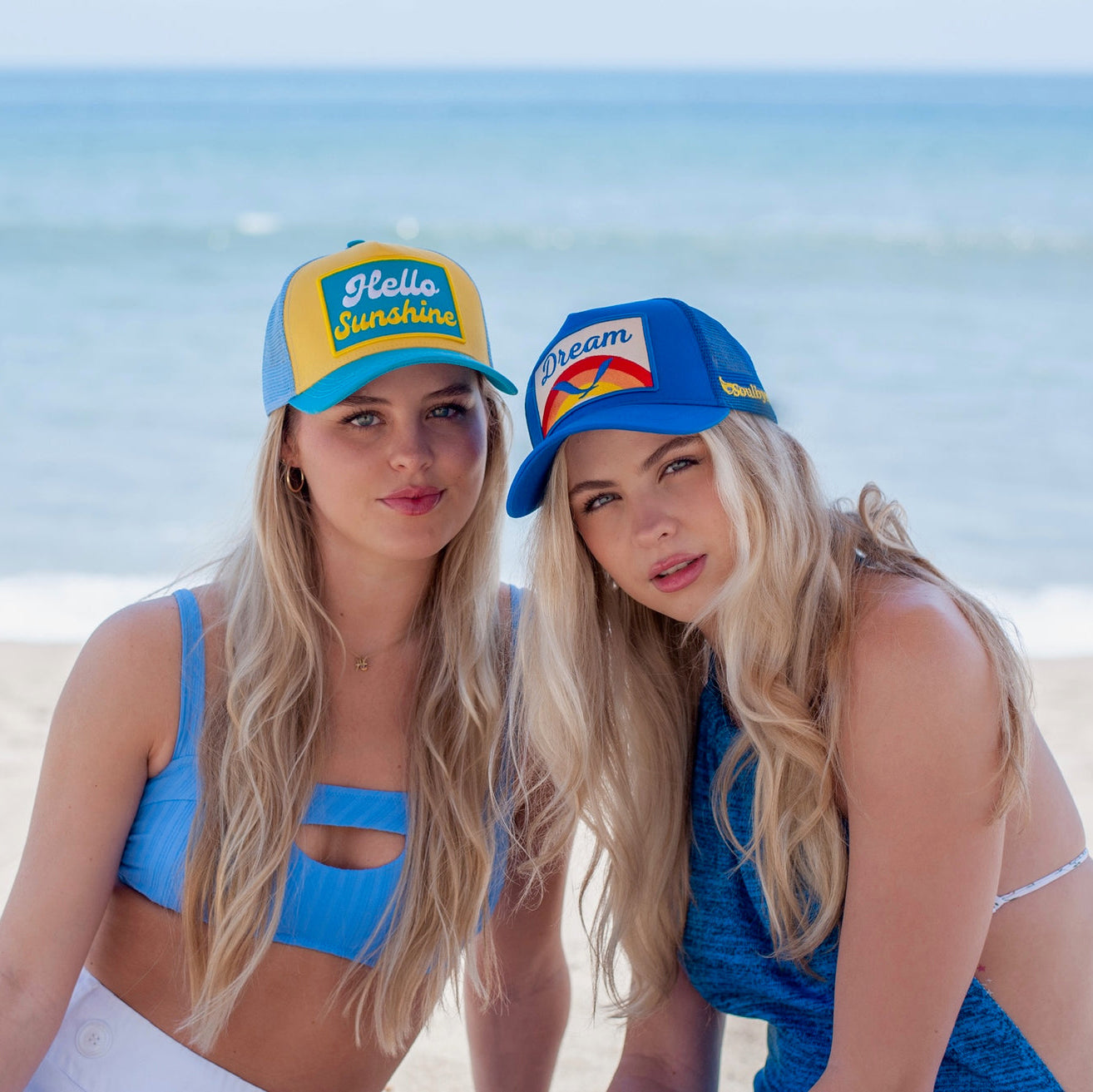The trucker hat, once seen as a mere practical accessory for blue-collar workers to shield their faces from the sun, has transcended its utilitarian origins to become a notable symbol in the fashion industry. This journey from practical headwear to a fashion statement reflects the dynamic nature of fashion, where objects are continuously reinvented to suit evolving trends and cultural shifts. Examining the trucker hat’s evolution provides insight into how a simple accessory can gain iconic status and influence across various social strata, subcultures, and fashion circles.
The Origins of the Trucker Hat
The Beginning: A Functional Accessory
Originating in the 1960s, the trucker hat was designed for farmers, truck drivers, and rural workers. Its distinctive features—foam front, mesh back, and adjustable snapback—were engineered for ventilation and comfort during long hours of labor under the sun. The hat’s pragmatic design effectively kept the wearer cool and protected from the sun’s rays, making it an essential piece of workwear. Initially distributed as promotional items by feed or farming supply companies, these hats often bore company logos, serving as a form of advertising as well as practical attire.

The Transition: Subcultures and Skaters
By the late 1990s and early 2000s, the trucker hat began its transition from workwear to a fashion item. Subcultures, particularly the skateboarding community, adopted the trucker hat for its comfort, affordability, and increasingly for its ironic appeal. The hat’s mesh design, ideal for ventilation during physical activity, and its association with the working class gave it an authentic “anti-fashion” cachet. This rebellious embrace by youth cultures highlighted the trucker hat’s ability to signify both a laid-back lifestyle and a subtle critique of mainstream fashion norms.
Mainstream Popularity: A Fashion Statement
The trucker hat’s ascension to mainstream fashion was cemented in the early 2000s, when celebrities and influencers began donning the accessory, catapulting it into the global fashion consciousness. Its appearance on the heads of trendsetters in music videos, red carpets, and fashion magazines transformed the perception of the trucker hat from a functional item to a must-have fashion accessory. Brands and designers, recognizing its rising popularity, began producing their versions, experimenting with colors, patterns, and materials. Further diversifying the trucker hat’s appeal and embedding it firmly within the fashion industry.

The Cultural Impact and Challenges
Symbolism and Identity
The trucker hat’s journey from practical headwear to a fashion statement mirrors broader cultural dynamics. Where objects adopt symbolic meanings beyond their original purpose. For some, wearing a trucker hat signifies an affinity with working-class roots and a nod to authenticity and resilience. For others, it represents a fashion-forward attitude, an appreciation for retro styles, or membership within particular subcultures. This dual symbolism of the trucker hat highlights how fashion accessories can carry complex narratives. Enabling individuals to express varied aspects of their identity and beliefs.
As with any fashion trend, the trucker hat’s popularity has fluctuated, facing periods of criticism and claims of oversaturation. Critics argue that its widespread adoption by celebrities and the fashion industry diluted its authentic, rebellious spirit. Transforming it into a symbol of commercialization and superficial trend-following. This cycle of popularity, backlash, and eventual revival is endemic to the fashion world. Raising questions about the sustainability of trends and the delicate balance between mainstream appeal and subcultural authenticity.

Authenticity vs. Appropriation
The trucker hat’s appropriation by the fashion industry has sparked debates over the ethics of cultural borrowing and commodification. While some view the hat’s mainstream success as a positive evolution. Others see it as an appropriation of working-class culture, stripped of its original context and meaning. This tension underscores the broader issues of authenticity and appropriation in fashion. Highlighting the need for mindfulness and respect in how items with strong cultural associations are adopted and adapted by broader society.
Future Prospects: Innovation and Sustainability
Sustainable Fashion and the Trucker Hat
The growing awareness of environmental issues and the demand for sustainable fashion practices present opportunities for the evolution of the trucker hat. Material innovations, such as the use of recycled plastics or organic fabrics for the mesh and front panel, can position the trucker hat as an eco-conscious choice for fashion enthusiasts. Brands focusing on sustainable production methods can redefine the trucker hat’s image. Aligning it with values of environmental responsibility and ethical consumption.

Technology and Personalization
Advancements in technology open new avenues for the customization and personalization of fashion accessories, including the trucker hat. Through digital platforms, consumers can design their trucker hats, selecting colors, patterns, and even incorporating 3D-printed elements. To express their unique style and preferences. This level of personalization enhances the trucker hat’s appeal, allowing it to retain its status as a versatile and adaptable fashion accessory. Additionally, the integration of technology could lead to innovative features. Such as smart textiles that change color with temperature or exposure to sunlight. Offering a blend of style and functionality that modern consumers desire.
The Role of Digital Marketing and Social Media
The continued relevance of the new hat in fashion can also be attributed to the power of digital marketing and social media platforms. These tools allow for instantaneous sharing of styles, influencer endorsements. And viral fashion moments that can catapult a humble accessory like the trucker hat back into the limelight. Brands can engage with audiences through social media campaigns and collaborations with influencers to ensure the trucker hat remains a part of the fashion conversation. With strategic use of digital media. The trucker hat can maintain its popularity and continue to evolve with the changing landscape of fashion marketing.

Conclusion: A Lasting Trend
In conclusion, the trucker hat embodies the transformative potential of fashion items to adapt, evolve, and retain relevance over time. Through its journey from a functional piece of workwear to a statement of fashion and culture, the trucker hat has demonstrated an enduring appeal. The ability of fashion to elevate everyday objects to iconic status is a testament to the creativity and fluidity of the industry.
As we continue to navigate the intersections of fashion, identity, and sustainability. The trucker hat stands as a reminder of the power of accessories to both reflect and influence the world around us. Whether through sustainable practices, technological innovation. Or digital engagement, the future of the trucker hat looks promising, blending its rich legacy with forward-thinking designs. It is the ongoing challenge and opportunity for fashion enthusiasts and designers alike to ensure that as trends come and go, the spirit and versatility of the trucker hat are preserved.





